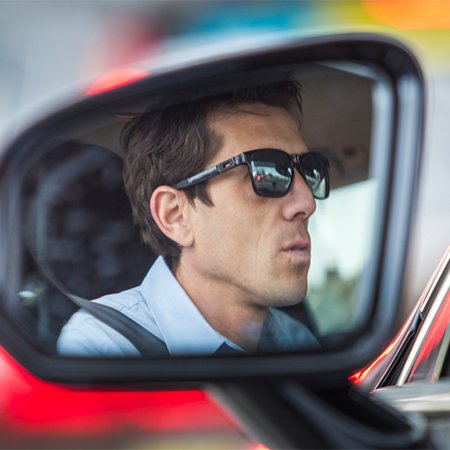
Sport and innovation often refer to technologies, such as sensors that measure your heart rate or rhythm. Intended not only to improve sports performance but also to get more people moving. During the National Sport and Innovation Congress, it’s not just about that technology, but also about people. On 8 October, John Baekelmans, managing director and VP imec Nederland, and Heleen Boers, biomedical R&D engineer imec, Thorwald Veneberg, director and national coach of the cycling association KNWU and Ad van Berlo, a professor at TU/e and founder of VanBerlo Design, will speak. Innovation Origins spoke with them about their story, they give an insight into what is (and will be) possible and which questions we should ask ourselves. Today part 2: Thorwald Veneberg KNWU.
As director and national coach for the KNWU, cycling association, Thorwald Veneberg is familiar with training and analysis apps. “Digitisation allows you to guide athletes much more remotely. And make them responsible for their development. Coaches no longer need to see the athletes every day, which changes the way they are guided. “It remains important to keep seeing the athletes. That you have an impression of how they come to breakfast, whether they are already tired or sick.”
“Remote coaching makes training more flexible. During the last World Championships in Innsbruck (23 to 30 September, red.) for example, some boys were given a schedule by a trainer from Greece. He sends them what they have to do, and then they give feedback to this trainer about how it went.”

“We teach talents at a young age to get feedback from these digital systems themselves so that they learn how they respond to each training, to which training they are responding to well or not. So that they also get to know their bodies well. This way, talent development becomes more tailor-made”, Veneberg says. “We look at what a talent needs and give a lot of responsibility to the talents themselves. We try to inspire the talents to develop themselves. That they take responsibility to see what makes them better and what they need. We help them by offering many facilities – strength training, nutrition, performance behaviour, bicycle position measurement – and less in central programmes that everyone has to follow to become good. Veneberg also sees opportunities to stimulate a broader group, which also gives late-bloomers a change, “because road cycling is a late-specialisation sport”. “Thus, the attention does not only have to go out to a narrow selection.”
The information from imec’s sensors, for example, can also be used Veneberg thinks, even though an athlete cannot determine this for himself. “However, someone must be present, an expert. This eliminates the effect of remote monitoring, but it is something we can use”, Veneberg says.
The role of an association is also changing more and more, Veneberg sees. “This role is increasingly shifting to that of ‘connecting’: linking talents to the right experts and trainers. As an association, we have a more advisory role than a determining one. Talents increasingly have the responsibility themselves. We help them to find their way.”
The full programme of speakers.


